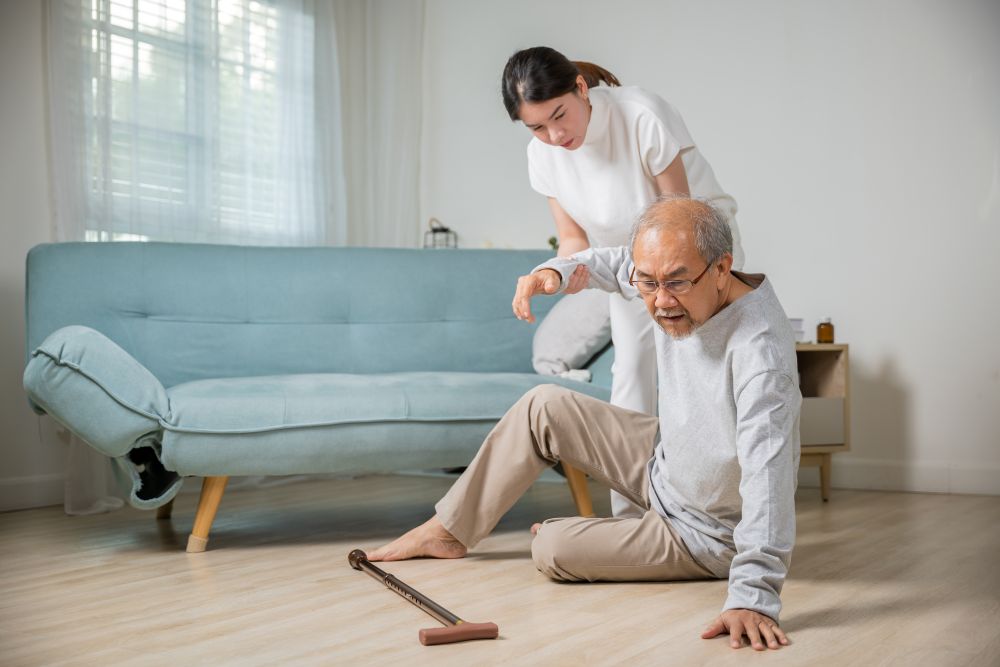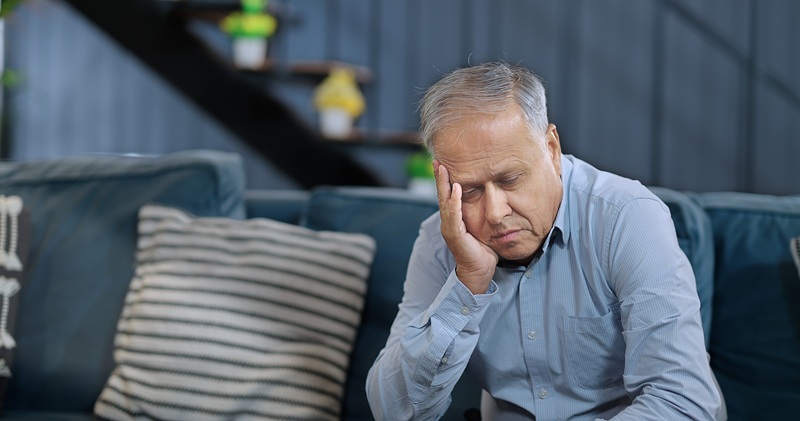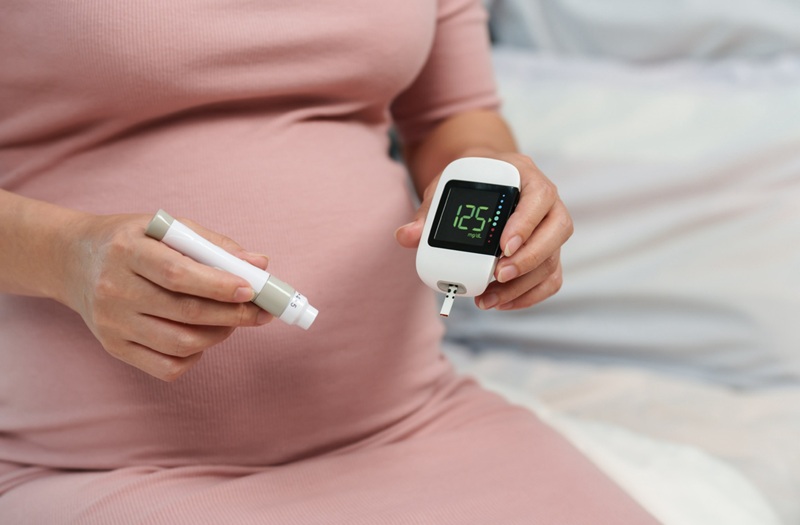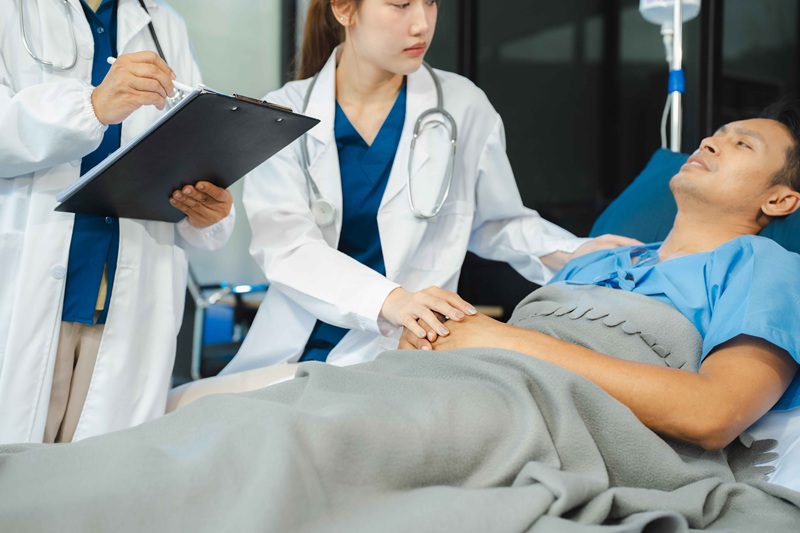Not Just a Minor Fall: Why Trauma in the Elderly Needs Urgent Attention

For many older adults, a slip at home might seem minor — just a small stumble or bump. But in reality, even what appears to be a “minor” fall can have serious consequences for the elderly. Head trauma, hip fractures, or hidden internal injuries can occur, sometimes without immediate pain or visible symptoms.
At Sunway Medical Centre Velocity’s Emergency Department, we see these cases often. Acting quickly after a fall can prevent serious complications and, in some cases, save lives.
Let’s understand more about why elderly trauma needs urgent attention — and how timely care can make a difference — with insights from our Consultant Emergency Physician, Dr Cyrus Lai, at Sunway Medical Centre Velocity.

Why Older Adults Are More Vulnerable
As we age, our bodies undergo natural changes that increase the risk of injury from even small accidents.
One major factor is bone fragility. Conditions like osteoporosis weaken the bones, making them more likely to fracture. A fall that might cause a simple bruise in a younger person could lead to a serious fracture in an older adult.
Balance and mobility issues also play a role. With age, muscles become weaker, reflexes slow down, and balance can become less stable. These changes make it easier to trip or lose footing.
Changes in vision and hearing can make it harder to spot hazards like uneven surfaces or missed steps, while slower healing means that recovery takes longer. Complications such as infections or blood clots are also more common.
All these factors combine to make falls particularly risky for elderly patients, even when they seem harmless at first.
Common Trauma Cases in the Elderly
In the Emergency Department, there are certain injuries we see repeatedly after falls in older patients. Hip fractures are among the most common, often requiring surgery and a long course of rehabilitation. Spinal compression fractures can also occur, sometimes from falls, and occasionally even from minor strain in those with severe osteoporosis.
Head trauma is another serious concern. Even without visible injury, a fall can cause bleeding inside the brain, which may not show symptoms immediately but can become life-threatening if untreated.
We also encounter cases where underlying medical conditions contribute to trauma. For example, an untreated urinary tract infection can cause sudden confusion or dizziness, increasing the risk of falls and injury.
Warning Signs Families Should Never Ignore
After a fall, it is vital for families to watch for red flags that may indicate a serious injury. Signs such as confusion, memory problems, or sudden changes in behaviour can be early warnings of head trauma. Headache, vomiting, or unusual drowsiness are also important symptoms that require urgent attention.
Physical signs like an inability to walk, stand, or bear weight on a limb, as well as severe pain, swelling, or visible deformity in the hips, legs, or arms, should never be dismissed as “just soreness.” These may point to fractures or internal injuries that need immediate medical care.
How the Emergency Team Responds
When an elderly patient arrives after a fall, our Emergency Department team works swiftly to identify and treat any injuries. Initial steps include a rapid assessment of vital signs to detect any immediate danger.
Imaging tests such as X-rays or CT scans are often performed to check for fractures or internal bleeding. Pain management is a priority to ensure the patient’s comfort. Depending on the injury, the patient may be referred to orthopaedics, geriatrics, or neurosurgery for specialist care.
Treating the injury is just the first step. We also look for underlying factors that may have caused the fall — such as low blood sugar, infection, visual disturbance, or dizziness — so we can address the root cause and prevent future incidents. This holistic, multi-disciplinary approach is guided by a simple principle: “Keep them safe, keep them moving, keep them confident.”
The main goal is to stabilise the patient, treat injuries promptly, and minimise the risk of further complications.
Prevention: Protecting Our Elderly Loved Ones
While we cannot prevent every accident, there are proactive steps families can take to reduce fall risks for elderly loved ones.
Making the home safer is a simple but powerful step — installing grab bars, ensuring good lighting, and removing loose rugs or clutter can help prevent many falls. Promoting bone health with adequate calcium, vitamin D, and regular check-ups for osteoporosis is also key.
Supporting mobility is equally important. Physiotherapy and regular gentle exercise can help strengthen muscles, improve balance, and reduce fall risk.
A Reminder for Families
If your elderly loved one has experienced a fall — even if they seem fine — it is always safer to seek medical attention. Some injuries, especially head trauma or internal bleeding, may take hours or even days to become apparent.
At Sunway Medical Centre Velocity’s Emergency Department, we are equipped to assess and treat elderly trauma cases with the urgency, care, and expertise they require.
Don’t wait until symptoms worsen. Prompt medical attention can make all the difference in ensuring the best possible recovery.
这篇文章对您有帮助吗?
有8 位用户在 8 位中觉得这很有帮助。
Suggest to Read









